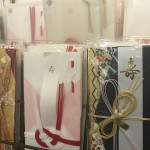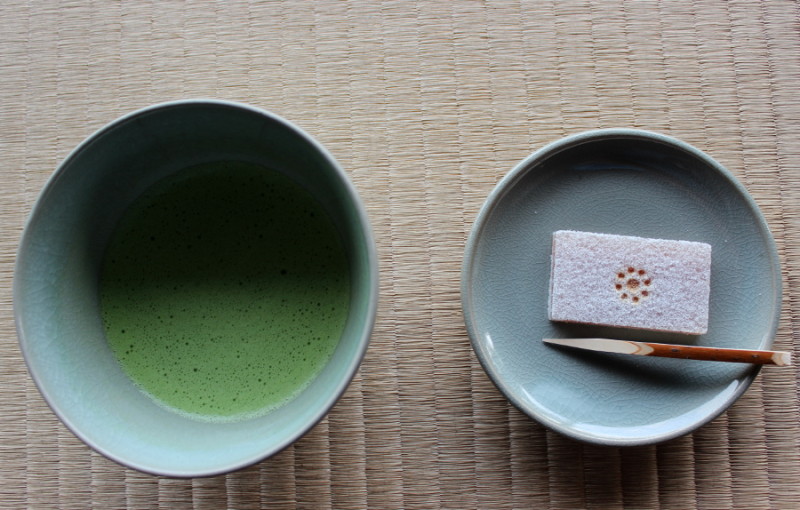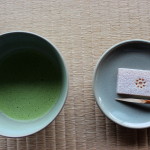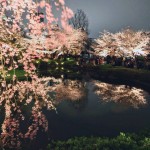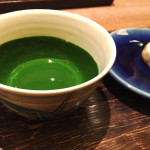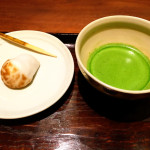What comes to your mind when you hear the word “ORIGAMI”? Folded paper cranes? Colourful Washi paper? Origami is the traditional Japanese art of folding a sheet of paper into various shapes such as birds, animals and many other things without using scissors or glue. For centuries, origami has been a favourite leisure activity for people throughout Japan.
Ceremonial origami and entertainment origami
Origami can be categorised into two parts, ceremonial origami which is used in the ritual and the other is entertainment origami. The folding of paper firstly developed as decorations related to religion and ceremonies. In Kamakura Period (1185 to 1333), it becomes a custom to exchange gifts among samurai warriors. These gifts are wrapped with a paper or offered with a
Read More
